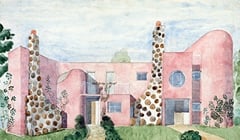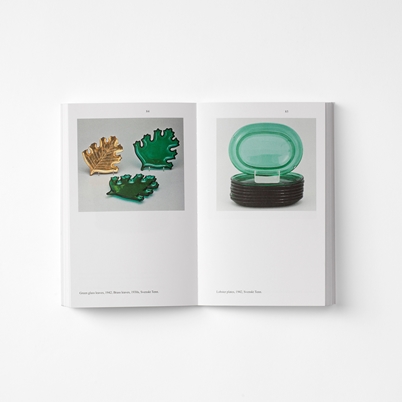Together with the established pewter artist Nils Fougstedt, Estrid Ericson wants to offer modern pewter objects at reasonable prices. They produce these themselves in the little workshop behind the store. Pewter has quickly become one of the most exciting materials of the era, competing more with the new glass and ceramics of the time than with metals such as silver and silver plating. Svenskt Tenn quickly gains recognition as an established brand of quality, and establishes a name for itself. In 1925, it receives a gold medal at the World Exhibition in Paris.
Stockholm’s most fashionable interior design store
After just a few years, the name Svenskt Tenn had become misleading, as Estrid Ericson’s interest in interior design is what now dominates the company. Three years on, the store moves to larger premises on Strandvägen, where it is still located today. By the early 1930s, Svenskt Tenn has gained recognition as the most fashionable interior design store in Stockholm. Estrid Ericson commissions the Swedish functionalist architects Uno Åhrén and Björn Trägårdh as Svenskt Tenn’s unique range of furniture and interior designs take form. Estrid Ericson’s sense of beauty and quality evolve in tact with her wanderlust, and shopping expeditions take her to North and South America, England, France and Italy.
In 1932, Estrid Ericson orders the first furniture from the already well-established Austrian architect Josef Frank, and the collaboration intensifies rapidly. She hires Josef Frank in 1934, when he fled the burgeoning nazism in Austria for Sweden together with his Swedish wife.


























































































